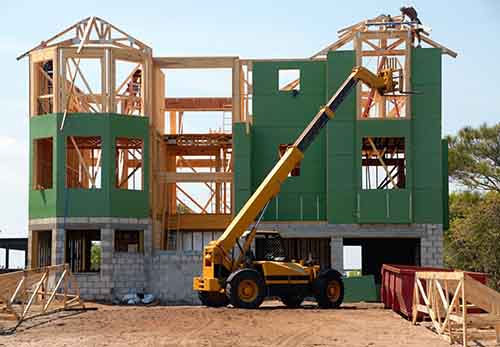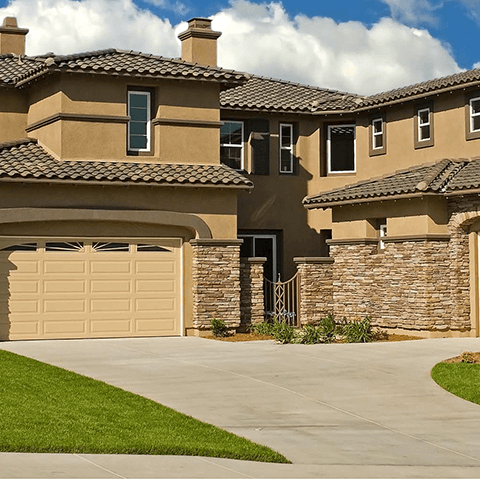
OUT WITH THE OLD, IN WITH THE NEW…CONSTRUCTION?
If 2019 has you thinking about buying a new house, you may be wondering if new construction is the way to go. While buying an existing house has its benefits, so does building from scratch. Here are some pros and cons to each option, so you can make the best decision for you.
Timeframe
There’s no denying the entire home-buying process is faster when you are buying an existing home, rather than building a home. While the average closing on an existing home sale is around 30 days, building takes anywhere from three to six months, according to realtor.com. From finding a lot to pulling permits and finalizing the design, the process of building a home is not always an easy one. Contractor delays and unexpected problems can slow down the entire process.
Overall Cost
In terms of upfront cost, realtor.com estimates it is cheaper per square foot to build, rather than to buy an existing home. Part of this is due to the average size of new construction being larger than the average existing home. An added benefit of building—and therefore saving money—is that you can pay for the features you want, not the unwanted ones someone else chose when the house was built.
Securing Financing
While you may be familiar with the financing process for buying an existing home, when you are going the new constriction route, there are some differences. First, most lenders will require 25% down, whereas with an existing home purchase you may have more flexibility. Second, you will want to look into options for a construction loan, which will offer short-term funds to sustain the building process. Once the term of the construction loan is up—usually within six to 12 months—you will need to convert your loan to a traditional home loan.
Other options include:
- Bridge Loans: short-term loans for people who are needing the initial funding before they have sold their existing residence. They carry higher interest rates, but they bridge the gap in timing between selling your current home and finalizing your new construction.
- Builder Financing: larger construction companies may offer financing to suit your needs.
Home Repairs
The expectation for any newly-constructed home is that it will not require any repairs for quite a long time. If something does happen, most likely the house would still be under warranty for up to 10 years. In contrast, a home that is not newly constructed could require extensive repairs in the first several years. Even if you do not have any major “needs” initially, you may find you want to make some changes to better suit your lifestyle. Putting in a patio, moving walls, and even repainting can get expensive. All these types of repairs or changes can add up. And all of them would be unnecessary with a new build, where you can choose your customizations during the building process.
Home Value
Everyone wants to know their house is worth at least what they paid for it. Existing homes in established neighborhoods are easier to calculate the value. You can look at other homes in the immediate area and see what they have been selling for. You can also look at the local market trends and see if homes in those areas are appreciating in value. However, if you are building in a new neighborhood, this may be more difficult. A couple of tips to help ensure you have made good choices for the long term are:
- Avoid passing fads that will become outdated quickly
- Do not go overboard with upgrades that do not fit with similar homes in your area
- Do not cut corners that will end up costing more in the long run
All the Extras
Something that does not always occur to homeowners is the cost of all the extras—window treatments, blinds, appliances, and landscaping, to name a few. These items are not necessarily included in a new construction budget. They can be a bit of a mixed bag as far as what is more cost effective. These items are included in an existing home. However, if you do not love them, you are going to incur the costs to make the needed changes. Existing homes often have more mature landscaping, which can be great. Or, it may require extensive pruning or replanting.
Only you can decide which path makes the most sense. But when you consider the two choices from all sides, you can make the decision that is best for you.

